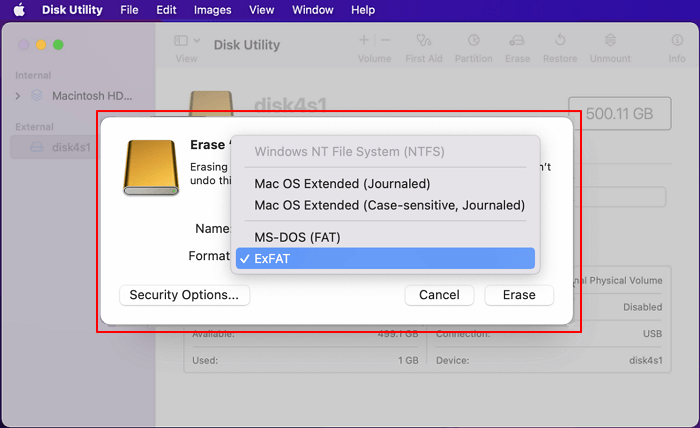
If this is the case, then you will need to manually delete them from Windows Explorer. Thirdly, the files could be flagged as protected system files. Try rebooting the device and then attempting the delete again. Secondly, it might be that the system is holding onto the files somehow. Once you grant these permissions, you should be able to delete the files. When you connect your WD Passport to a computer, depending on the settings, you might have to grant certain permissions to allow changes to the device, such as deleting files. There are a few common reasons why you may be unable to delete files from your WD Passport.įirstly, it could be a permissions issue. Why can’t I delete files from my WD Passport? When the process is complete, our WD Passport will be back to its original, factory settings. Quick Erase only deletes files, not the partition or formatting then re-creates the folders such as My Documents, Music, etc.Īfter considering your options, click the ‘Erase Now’ button to confirm. Full Erase will wipe all data, which will make your WD Passport completely clean and reset it back to its factory settings. On the Erase window, choose either Full Erase or Quick Erase. When the WD SmartWare window opens, click the ‘Options’ tab, then select ‘Erase’ from the list of available tasks. If you would like to report this to developers, you can try submitting feedback to the manufacturer of the Disk or to Apple.Next, connect your WD Passport drive to your computer using the supplied USB cable. To format the drive (This will erase all data):Ĥ. To do this: cd /Volumes/YourDiskName then ls to see all the contents. Before formatting, make sure to copy and paste your files to your Mac so that you can put them on the drive after formatting.īefore formatting, can you see if the data is still accessible via Terminal. NTFS and FAT32 are not always the best choice on macOS. What is your External Drive's format? If you will be using it only on a Mac, then I would recommend formatting it to HFS (macOS Extended) or APFS.

This does not seem like an issue with macOS, more like an issue with your drive. If that doesn't fix the issue, then you can try using Safe Boot to isolate and fix issues with your Mac.

First, try running First Aid while the device is readable.


 0 kommentar(er)
0 kommentar(er)
